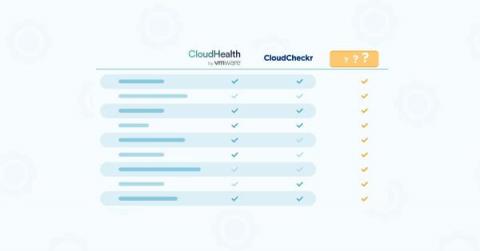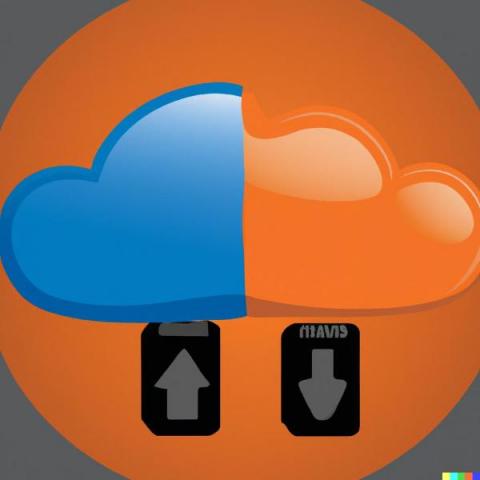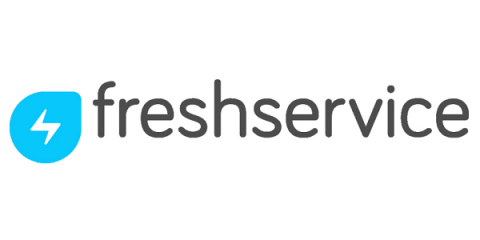Operations | Monitoring | ITSM | DevOps | Cloud
Cloud
The latest News and Information on Cloud monitoring, security and related technologies.
Why Open Source Cloud Monitoring?
When operating a larger business or project, one problem comes quickly apparent: How can I know that my servers and their applications are up and the performance is good across the board? The answer is, of course, monitoring software.
CloudHealth Vs. CloudCheckr (And Is There A Better Option?)
Azure Blob Storage vs AWS S3: A Comprehensive Comparison
When it comes to cloud storage, two of the most popular options are Azure Blob Storage and Amazon S3. Both are highly scalable, secure, and widely used by businesses of all sizes. However, there are significant differences between the two that make them better suited for different use cases. In this article, we will take a detailed look at the features, capabilities, and pricing of Azure Blob Storage and Amazon S3 to help you decide which one is the best fit for your organization.
What is Spot PC?
Azure Application Insights vs Log Analytics: Which one should you choose?
Does Cloud Have a Storage Problem?
Too often, when organizations migrate workloads to the cloud or build new cloud-native applications, they don’t really think about storage. The cloud provider takes care of all that, right? Well, yes and no. There are cost implications to cloud storage that many don’t adequately anticipate—until they get the bill, that is.
7 ways to optimize cloud costs
Do you know what keeps Cloud Administrators up at night? Yes, you guessed it right. Cloud bills!!! These unpredictable cloud bills. With the recent allure of the “pay-per-use” model of the public cloud, organizations over-use and over-spend on cloud resources. Especially with this unrestrained freedom to create new instances on the go, mitigating cloud costs is a daunting task, even for the early and heavy adopters of public clouds.
Selecting the Best Azure VM Type for Your Workload
Azure Blob Storage Tiers Overview
Azure Blob storage has several storage tiers that offer different performance and cost characteristics. The storage tiers available are: Customers can move data between these tiers based on their access patterns, which can help reduce costs while still meeting performance requirements.











